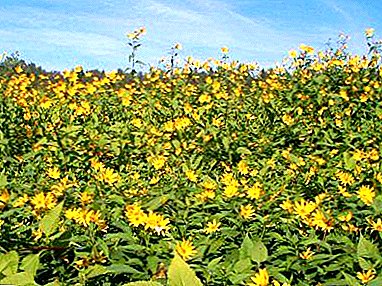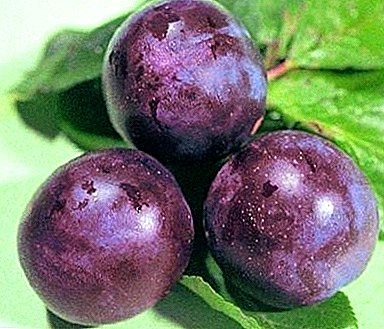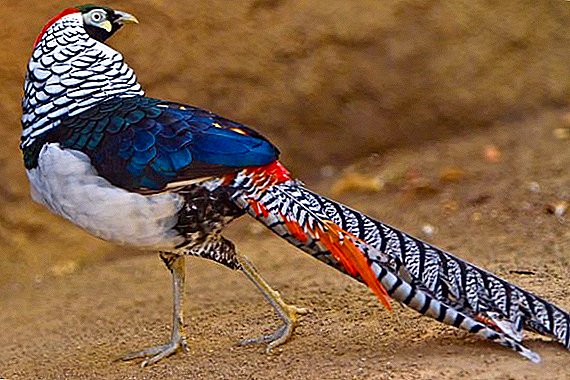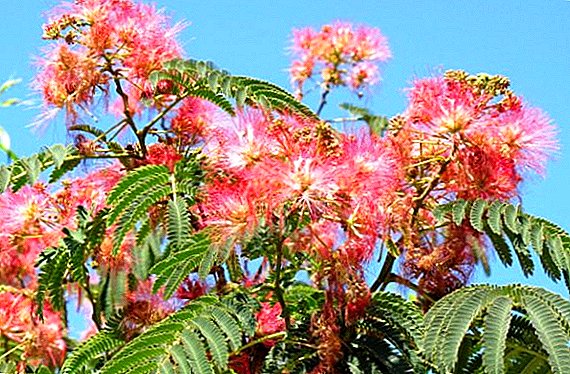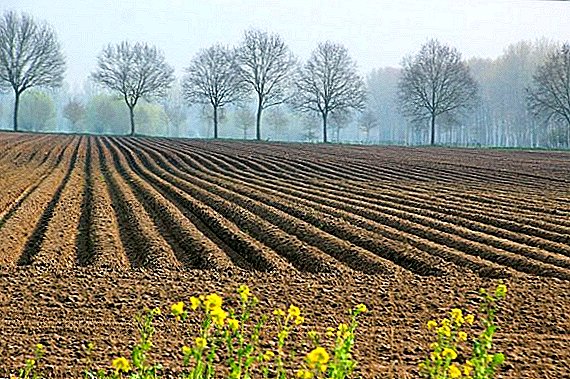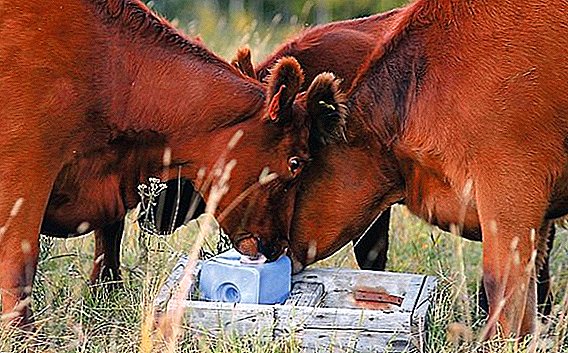 One of the main products cattle need to maintain normal life is salt. It is needed for the normalization of the acid-base balance in the body, proper muscle, digestive and nervous system function. Since the mineral is not produced by the body of the cow, and also does not come from grass and hay, it should be added to feed. How to do it correctly and in what quantities - let's see.
One of the main products cattle need to maintain normal life is salt. It is needed for the normalization of the acid-base balance in the body, proper muscle, digestive and nervous system function. Since the mineral is not produced by the body of the cow, and also does not come from grass and hay, it should be added to feed. How to do it correctly and in what quantities - let's see.
Why do cows give salt
A complete, balanced in vitamins and minerals nutrition is the basis of good animal health and their performance indicators. Mineral substances are actively involved in all processes occurring in the body of the animal. An important role in the mineral saturation of cows allotted salt.  It contains:
It contains:
- sodium chloride: helps maintain calcium in the blood in soluble form, maintains an optimal water, acid-base level, normalizes the functioning of the intestine, the digestive system;
- chlorine: participates in the regulatory processes of cells, regulates the water balance in the body, participates in the synthesis of hydrochloric acid in the stomach.
Did you know? Salt contains in its composition: 95% sodium chloride, where 39% sodium and approximately 57% chlorine, as well as 5% impurities of sulfur and magnesium.
However, the main task of salt is that it takes part in metabolic processes and allows each cell to get the necessary amount of useful components. In addition, it has excellent antibacterial properties, protects against the harmful effects of external factors, prevents the development of diseases caused by harmful bacteria, infections and microorganisms.  In turn, its deficiency adversely affects the function of the reproductive system, leads to a decrease in appetite and, as a result, a drop in milk yield. Especially the use of this product is shown in the period of intensive growth of cattle, in winter, when there is a shortage of useful components, during pregnancy and lactation.
In turn, its deficiency adversely affects the function of the reproductive system, leads to a decrease in appetite and, as a result, a drop in milk yield. Especially the use of this product is shown in the period of intensive growth of cattle, in winter, when there is a shortage of useful components, during pregnancy and lactation.
An excess of NaCl is no less dangerous for an animal, because it can cause kidney disease, bone problems, salt deposits, and even salt poisoning.
Read also about the use of salt in the diet of rabbits and chickens.
Signs of lack of body
Lack of sodium chloride in the body of the animal is quite common, so its level should be monitored regularly.
You can suspect a deficiency of the mineral element in a cow on the following grounds:
- significant loss of appetite;
- sullen, dull appearance;
- coarsening of the skin, ruffled coat;
- eye dullness;
- visual signs of exhaustion;
- a decrease in productivity, in particular, a decrease in milk yield and milk fat;
- inhibition in the growth of young;
- increased percentage of diseases in animals;
- sexual dysfunction - irregular hunting, infertility.
 Particular attention to the satisfaction of the needs of cows in salt should be paid when grazing, feeding the animal feed from grain, using a purely vegetable diet. As a rule, negative consequences for cattle are caused by the lack of sodium, because the need for chlorine is much lower and almost never manifests itself. However, the daily dose of the mineral should be strictly limited so as not to cause intoxication of the body.
Particular attention to the satisfaction of the needs of cows in salt should be paid when grazing, feeding the animal feed from grain, using a purely vegetable diet. As a rule, negative consequences for cattle are caused by the lack of sodium, because the need for chlorine is much lower and almost never manifests itself. However, the daily dose of the mineral should be strictly limited so as not to cause intoxication of the body.
Did you know? Salt is the only mineral substance that living organisms (animals and people) use in its pure form.
How much should be given to the cow salt per day
Table salt - an essential element of the daily diet of cattle. The daily dosage of the product is calculated based on the body weight of the animal and the amount of milk yield: for every 100 kg of weight, 5 g plus 4 g for each liter of milk. For example, a cow, weighing half a ton and having a milk yield of 20 liters per day, should receive 105 g of sodium chloride.
The minimum consumption rate of NaCl per day for cows is from 30 g. Also, the dosage may vary, depending on the season, diet, water quality, and animal productivity.  In order to provide the body with the necessary amount of mineral, and at the same time protect the cow from salt poisoning, It is recommended to introduce the product using several techniques.:
In order to provide the body with the necessary amount of mineral, and at the same time protect the cow from salt poisoning, It is recommended to introduce the product using several techniques.:
- mix it in loose form with combined feed;
- water the coarse feed with saline;
- hang salt salt lizards above the feeder.
When adding sodium chloride to the cows ’diet, you need to ensure that they always have access to the water that is necessary to remove excess sodium.
Find out more about cattle feed additives.
Signs of poisoning of cows with table salt
Consumption of salt in large quantities in animals can cause serious poisoning. Excessive intake of the mineral provokes inflammation of the intestines, changes in the composition of the blood, leads to oxygen starvation and disruption of vital functions. An excess of sodium ions leads to the displacement of calcium ions from nerve cells, which leads to over-stimulation of the nerve centers and the breakdown of the nervous system.  Recognize the poisoning of an animal with NaCl by the following symptoms:
Recognize the poisoning of an animal with NaCl by the following symptoms:
- severe loss of appetite;
- the appearance of shortness of breath, sometimes vomiting;
- there is nervous excitement;
- dilated pupils of the eyes;
- weakness;
- general depression;
- muscle tremors;
- diarrhea;
- pronounced thirst;
- cyanosis of the mucous membranes and skin.
Important! A lethal dose for a cow is 3-6 g of mineral per 1 kg of body weight.
If the animal is not treated in time, then it dies several hours after asphyxia.
The main methods of therapy in such cases are:
- repeated gastric lavage;
- the introduction through the probe of milk or mucous decoctions;
- intravenous calcium chloride or glucose with caffeine, or intramuscular injection of calcium gluconate, in the dosage specified in the instructions.
Read more about the nutrition of cows: grazing in the pasture; how and what to feed a cow in winter; Feeding calves, sires, dry cows.
Video: salt application for cows
Salt in the diet of cattle is one of the most necessary elements that ensure the normal functioning of all body systems. However, the mineral nutritional supplement must be strictly metered so as not to provoke animal intoxication. To compensate for the lack of NaCl, it is best to use salt lick. Its advantage is that the cow will not be able to exceed the rate of consumption of the product, as it feels its need for it on its own.



